View all Standards for Georgia Performance Standards - Theatre Arts
TAHSMT.PR.2 Execute artistic and technical elements of theatre.
a. Engage as a creative team in script analysis to plan and create technical elements of a theatre production, including sets, props, costumes, makeup, lighting, and sound.
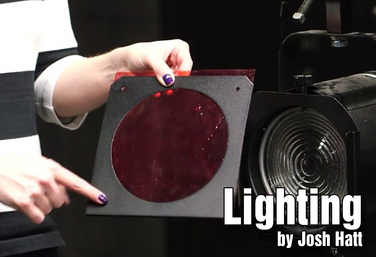
Part of the Technical Theatre Mini Units Curriculum
Lighting
by Josh Hatt
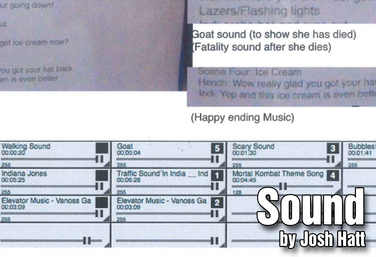
Part of the Technical Theatre Mini Units Curriculum
Sound
by Josh Hatt

Part of the Technical Theatre Mini Units Curriculum
Costuming
by Josh Hatt
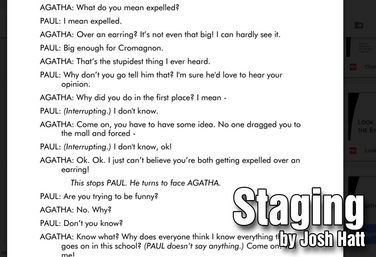
Part of the Technical Theatre Mini Units Curriculum
Staging
by Josh Hatt
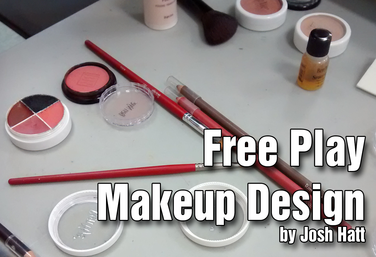
Part of the Technical Theatre Mini Units Curriculum
Free Play Makeup
by Josh Hatt

Part of the Technical Theatre Mini Units Curriculum
Culminating Project
by Josh Hatt
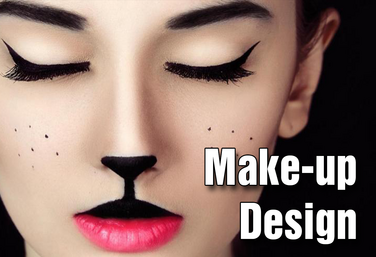
Part of the Stagecraft Without a Theatre Curriculum
Make-Up Design
by Karen Loftus and Josh Hatt
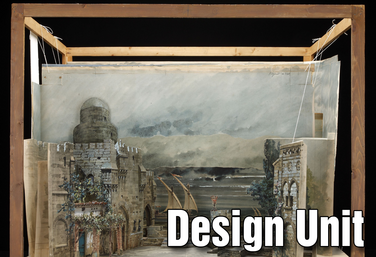
Part of the Drama Two Curriculum
Design
by Matt Webster
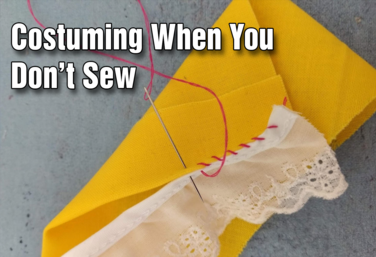
Tech Theatre Unit: Costuming When You Don't Sew
by Drama Teacher Academy
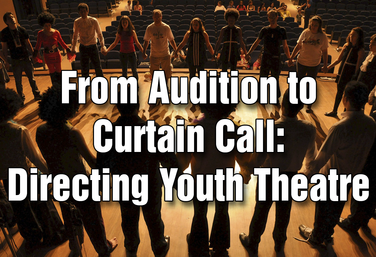
From Audition to Curtain Call: Directing Youth Theatre
by Steven Stack

The Do-it-All Director's Introduction to Costuming
by Holly Beardsley
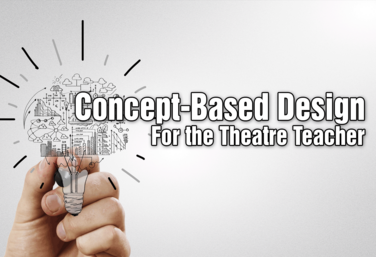
Concept-Based Design for the Theatre Teacher
by Matt Webster
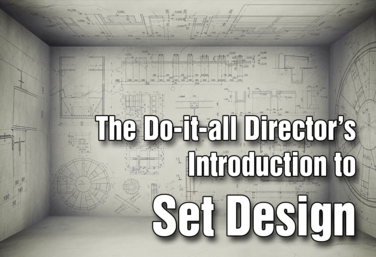
The Do-it-All Director's Introduction to Set Design
by Holly Beardsley
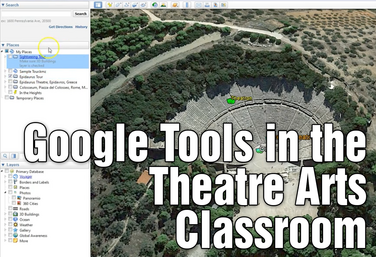
Google Tools in the Theatre Arts Classroom
by Anna Porter
View all Standards for Georgia Performance Standards - Theatre Arts Standards Master List